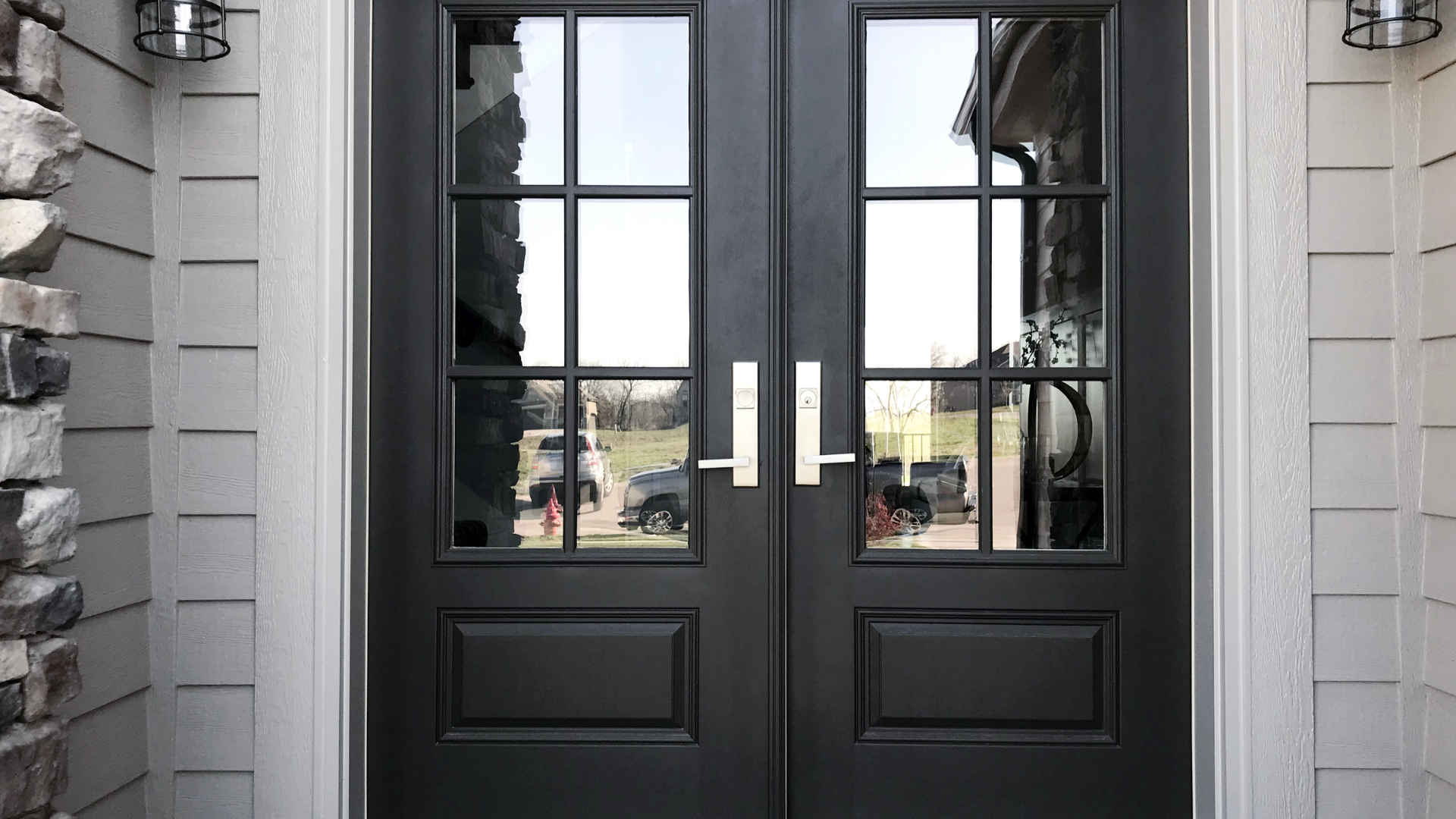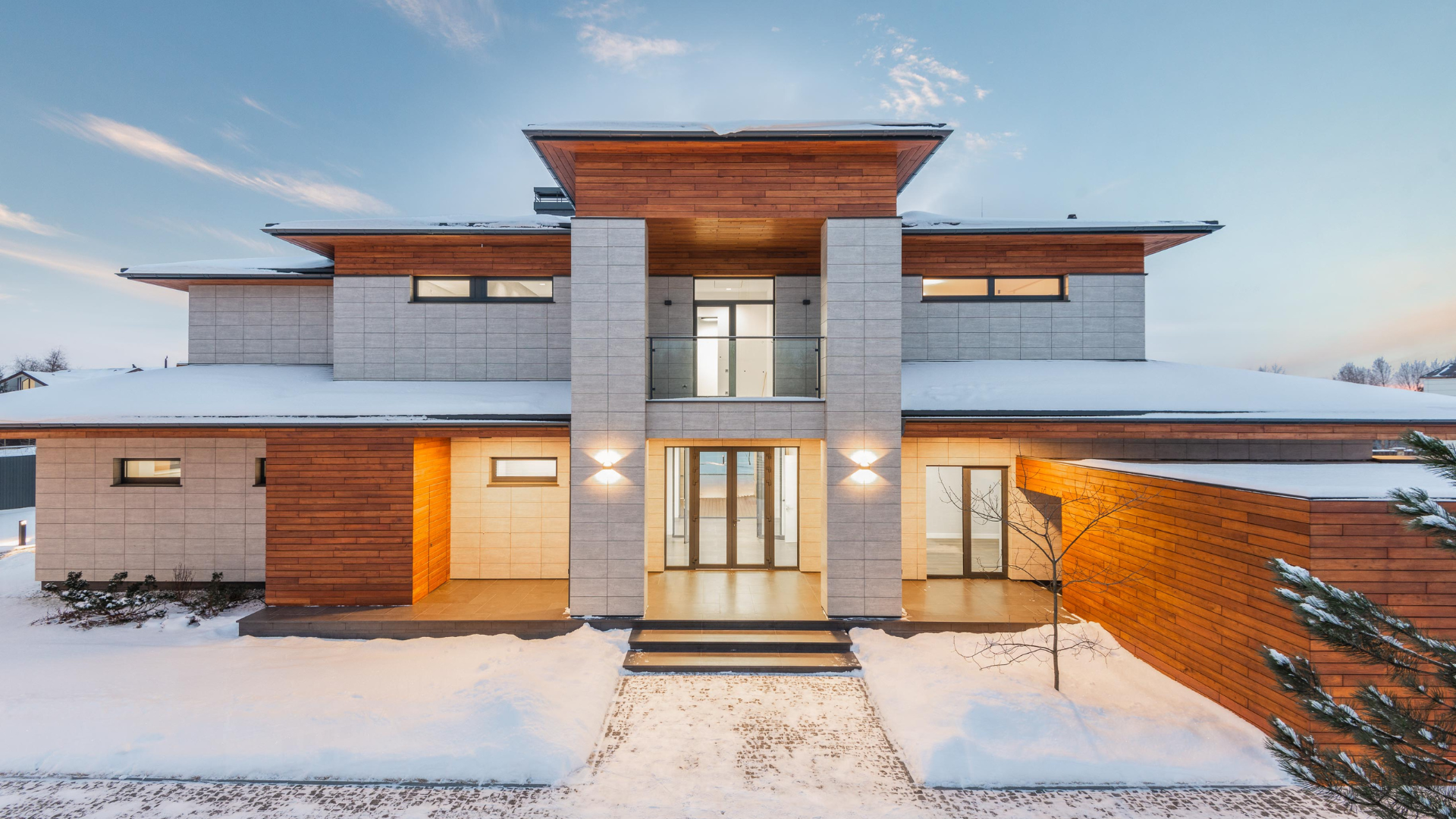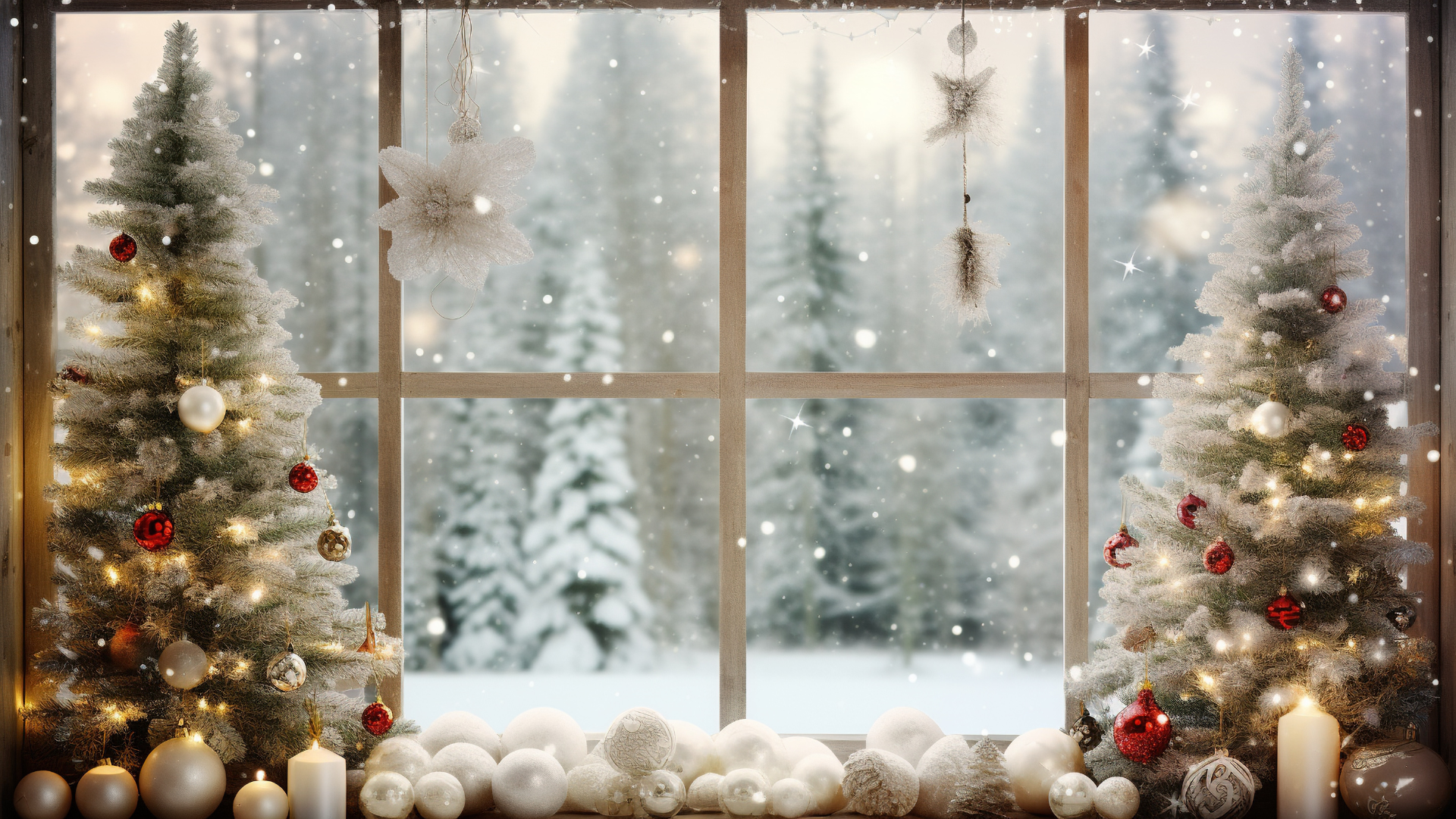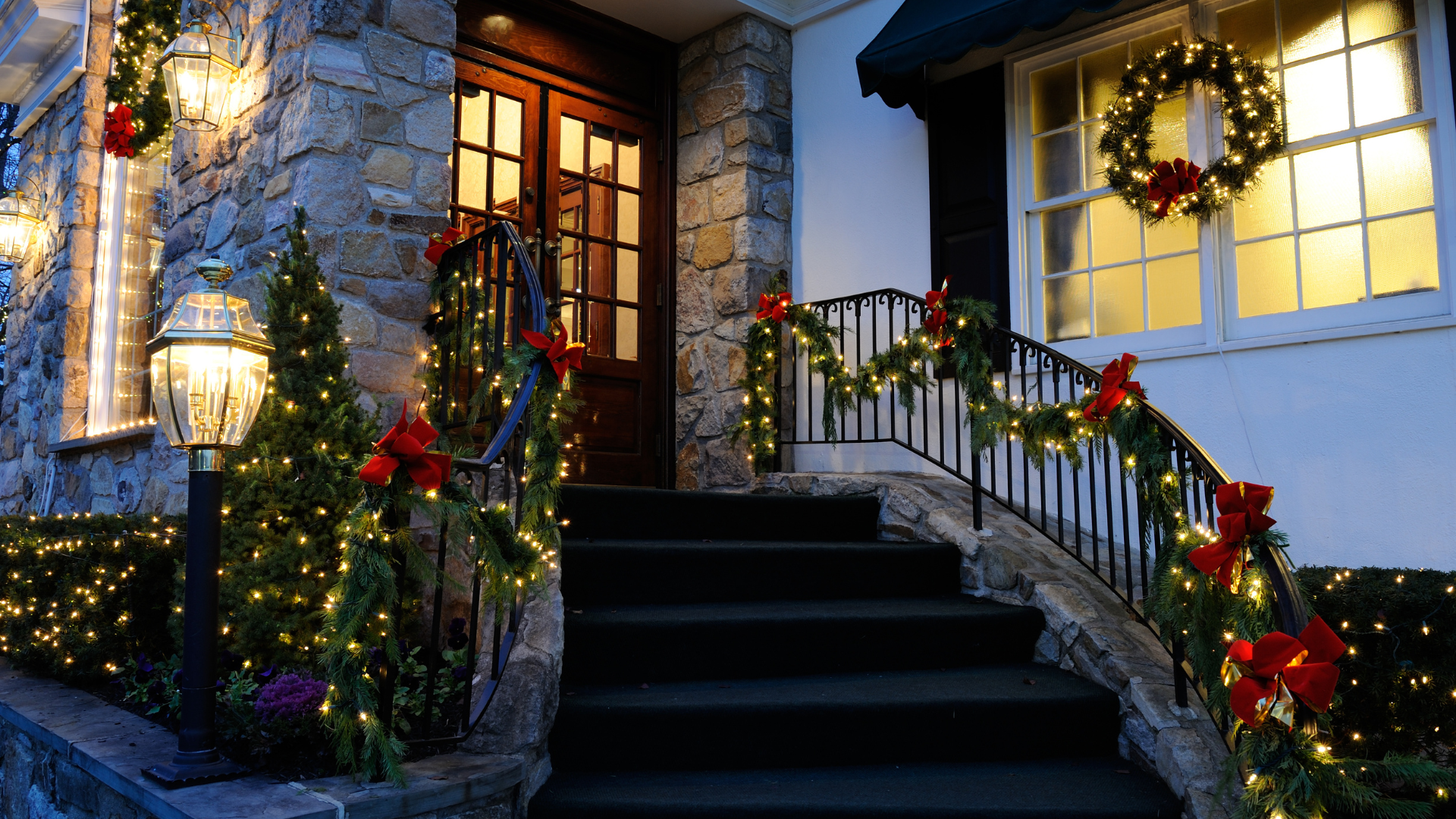Choosing the Right Entry Door for Your Home: A Guide to Style and Functionality

The front door is more than a point of entry—it’s a defining feature of your home’s personality and functionality. Whether you’re looking to boost curb appeal, enhance security, or improve energy efficiency, choosing the right entry door requires careful consideration.
Materials Matter
The material you choose sets the tone for your door’s performance and aesthetics.
- Wood Doors: Known for their warmth and elegance, wood doors are a timeless choice. They can be intricately designed to suit traditional or craftsman-style homes. However, they require regular maintenance to prevent warping or weather damage.
- Fiberglass Doors: If durability and low maintenance are your priorities, fiberglass is a top choice. These doors resist dents and scratches and can mimic the look of wood without the upkeep, making them ideal for busy households.
- Steel Doors: Steel doors are unmatched in security and energy efficiency. They are a cost-effective option for homeowners in harsh climates but may not offer as many design variations as wood or fiberglass.
Matching Style with Functionality
An entry door should complement your home’s architecture. A sleek, minimalist door with glass panels is perfect for a modern or contemporary design, while a paneled door with decorative sidelights enhances a colonial or Victorian home. For a rustic or farmhouse-style house, consider a distressed wood door with wrought iron accents.
Energy Efficiency and Security
Look for doors with Energy Star certification to reduce heating and cooling costs. Insulated cores and weather stripping can keep drafts out and comfort in. For added security, opt for reinforced locks, multi-point locking systems, or smart lock integrations.
Trending Colors and Finishes
Your front door color speaks volumes. Bold shades like red, navy, or yellow make a strong statement, while neutral tones like black, gray, or natural wood offer timeless appeal. Matte finishes are gaining popularity for their modern look, and metallic accents can add a touch of luxury.
Investing in the right entry door isn’t just about aesthetics—it’s about creating a welcoming, secure, and efficient home.
You might also like

Book a Service Today
We will get back to you as soon as possible
Please try again later
Contact Information
All Rights Reserved | Majestic Doors & Windows



